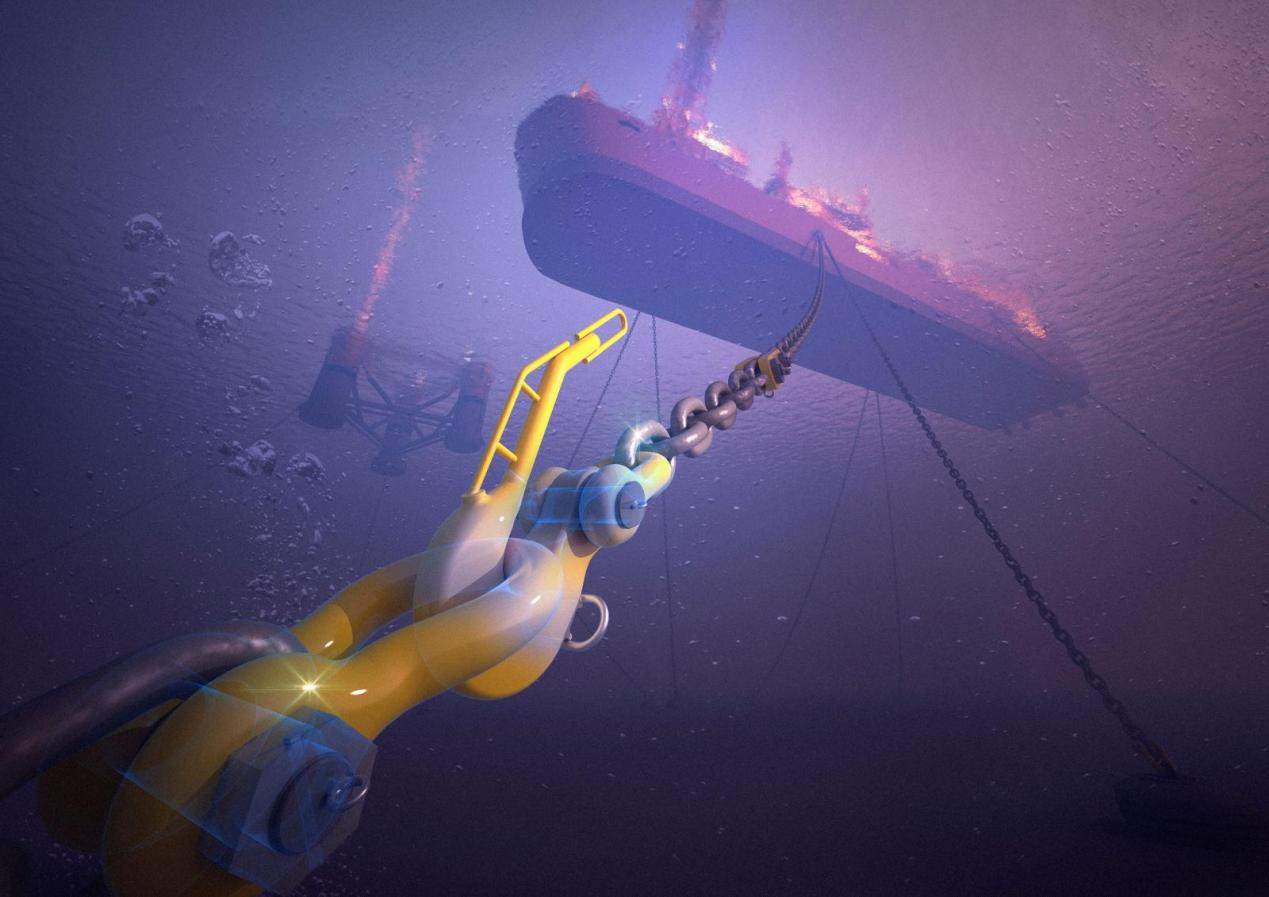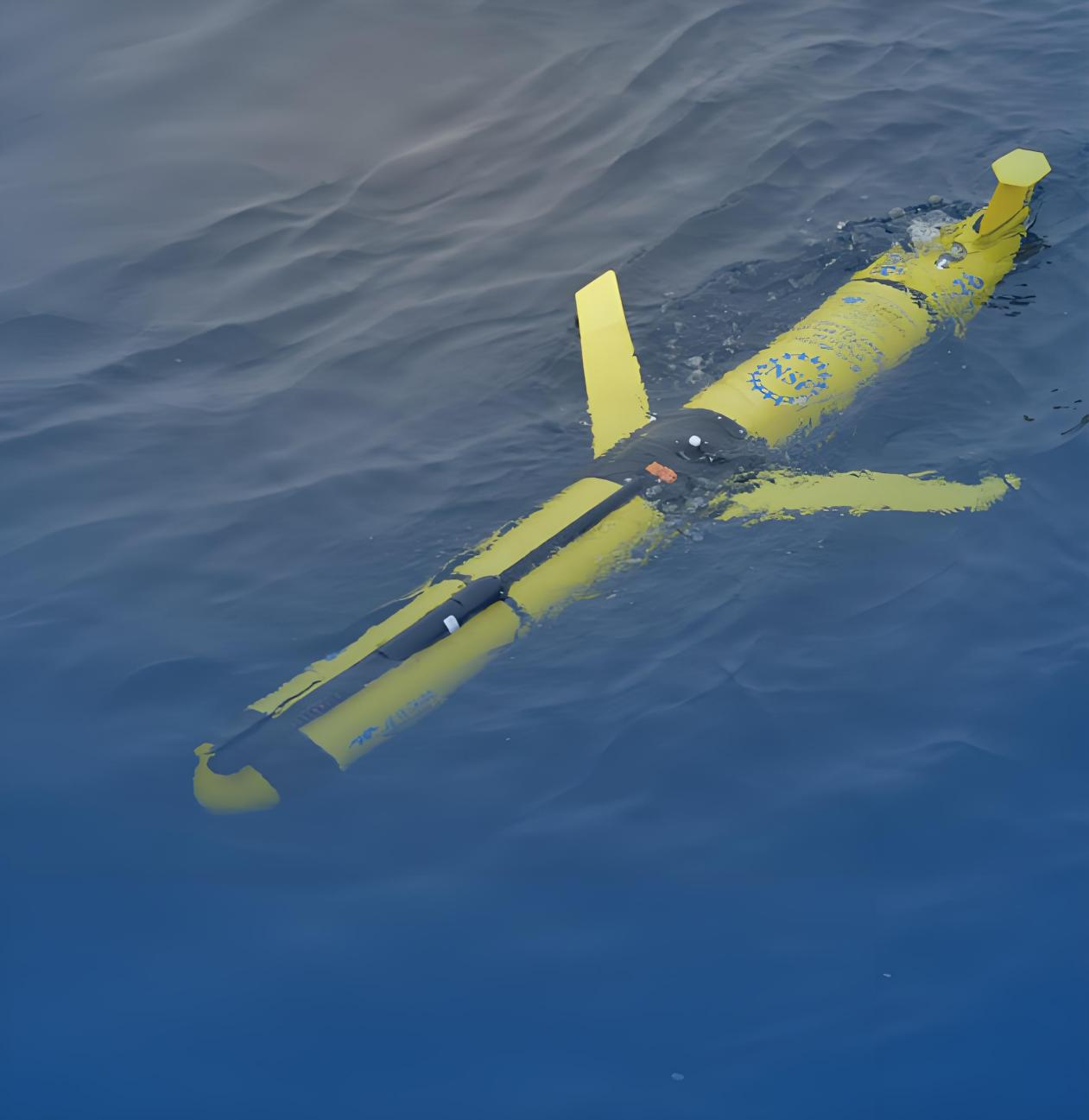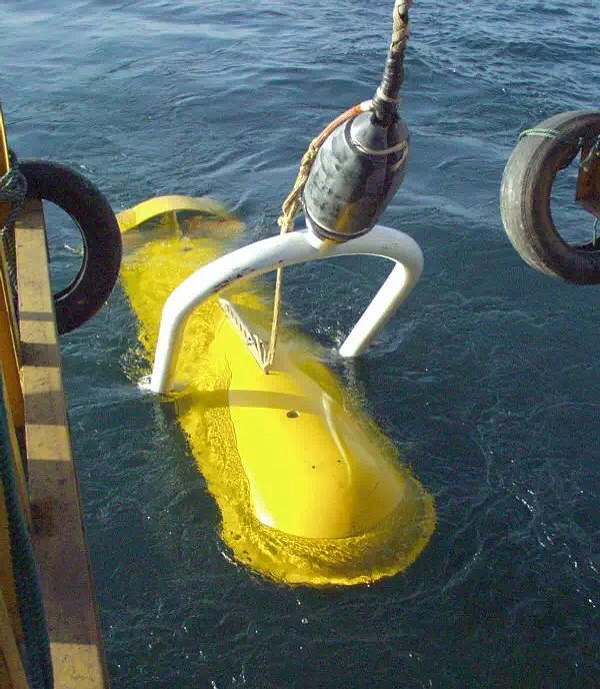Smart ROVs have advanced technical equipment that allow their ability to work with full autonomy or semi-suit when working in complex water domains. Real-time structural evaluation possibilities are present with lidar sensors due to high-resolution cameras that enable millimeter-level examination of structures. These systems have techniques that detect small cracks in pipelines, as well as identifying the minus of rust on offshore platforms and will ignore regular methods. The assessment through the AI algorithm of the collected information enables advance maintenance practices rather than immediate repair.

The numerous industries strongly depend on smart ROVs due to their multifaceted applications. Smart ROVs in the oil and gas sector evaluate subsea wellheads together with pipelines and risers to verify safety compliance as well as environmental requirements. The robots provide essential support to install and maintain foundations as well as cables and subsea inverters at offshore wind farms. The exact operational skills of these systems minimize harm to delicate hardware structures that are essential for maintaining the extended lifespan of renewable energy projects.
Undersea fiber optic cable maintenance depends heavily on smart Remote Operated Vehicles in the telecommunications field. Global internet traffic depends on these cables that experience vulnerability because of fishing trawlers and earthquakes as well as natural erosion. With their smart capabilities ROVs excel at finding and repairing system weaknesses thus keeping worldwide internet connections operational and disrupting services to minimum levels.

Smart ROVs deliver many advantages above regular maintenance methods. The elimination of human divers from dangerous work conditions is the first main advantage provided by smart ROVs which reduces both accidents and fatalities. Forward operating capabilities within these monitoring tools enable facilities staff to conduct uninterrupted inspections at any point in time. Early identification of problems occurs through the proactive strategy before problems reach critical breakdown states or environmental disasters occur.
There are multiple obstacles in smart ROV development because of limited battery life and slow underwater communications in deep waters and mandatory instructor supervision. The continuous research work of scientists operates laboratories to solve these problems in their dedicated laboratory facilities. Through research several companies work to combine wireless charging systems with advanced energy-efficient batteries which will extend their operational capabilities. The latest underwater communication technology uses acoustic modems to provide faster data transmission speed that enables live robotic system guidance operations in underwater environments.

Swarm robotics will bring about significant changes to the maintenance practices of underwater systems in the forthcoming years. Multi-vehicle ROV operations enable complex subsea tasks to reach their maximum operational efficiency. When robots operate in a group they can carry out pipeline inspections on separate areas simultaneously which reduces overall inspection time while extending coverage areas.
Conclusion
Modern ROVs establish major improvements for sub-convenience maintenance by uniting advanced technology platforms with automated computing systems. The operational safety and extended operational lifetime of the original water system and the extended operational lifetime receives protection through self-interaction and friendly reactions for real-time data processing.
